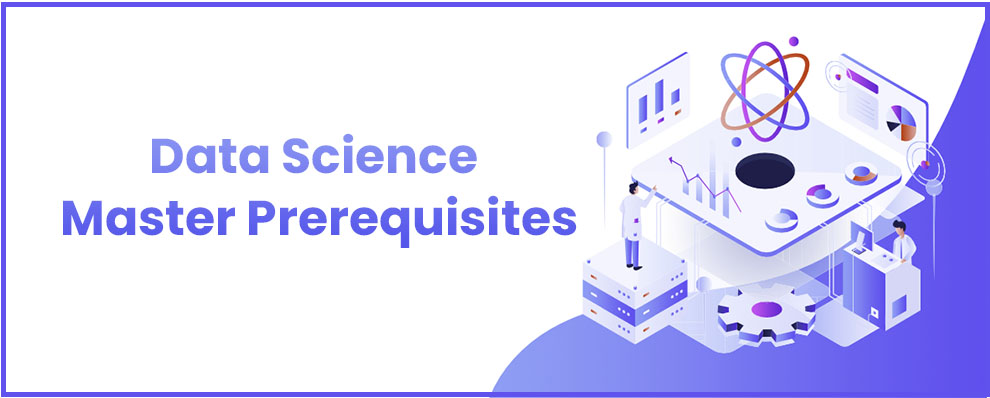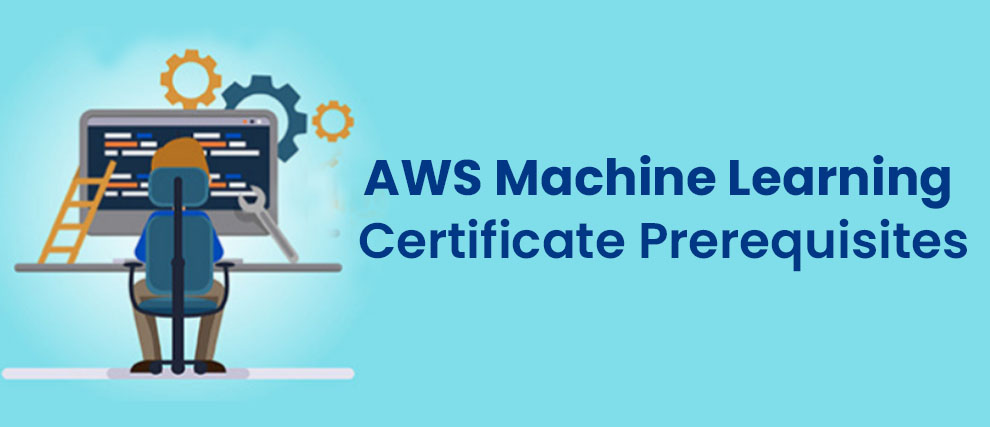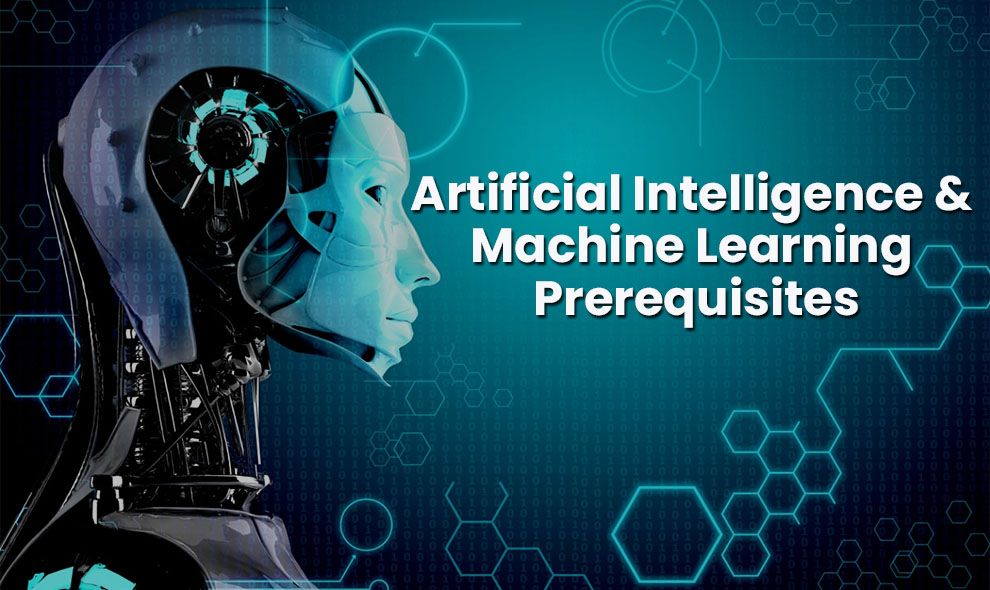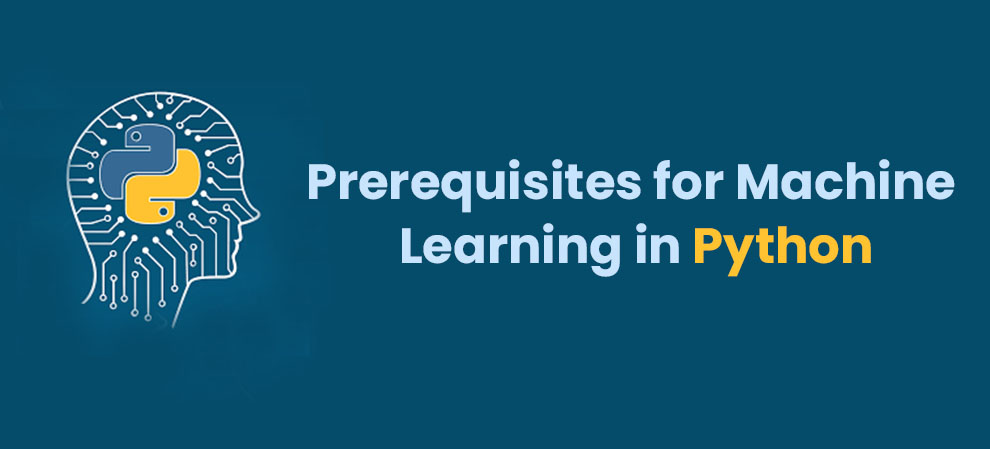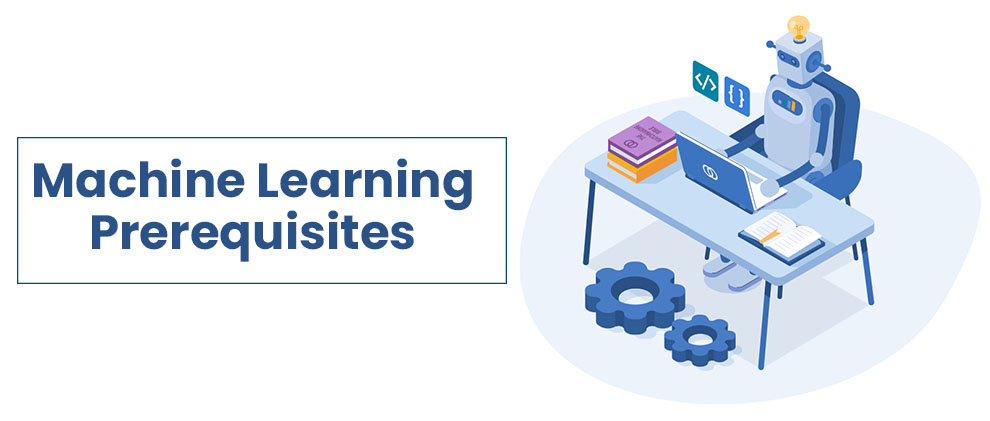Basic Programming, SQL, Maths and Excel are the key topics that aid in data science masters
Data scientists’ role is analytically satisfying but intellectually challenging at every step. However, if you do it well, your work as a professional can put you at the forefront of new advances in the field of technology. Consequently, there is a massive demand and prevalence for data scientists because big data continues to be hugely important for organizations to make decisions.
When you enroll in a data science degree program, you will learn how to manage and collect data responsibly and employ it to make informed decisions. But, as we said, it is not going to be easy. So, the only thing that can make it easier is getting well-acquainted with the prerequisites for data science masters, otherwise everything might feel alien to you.
The data science master’s program is an interdisciplinary field of study that incorporates statistics, computer science, social sciences, business, and mathematics.
Further, as a student, there will be multiple activities and exercises wherein you will work independently or in a team to solve complex problems and analyze data. Given its complexities, what are some of the masters in data science prerequisites? Continue reading as we unfold them one by one.
Firstly, Can A Non-Technical Person Go For A Masters In Data Science?
Yes, they can. Just make sure the program you are enrolling in does not have any mandatory data science degree requirements. If that goes well for you, you can always take up online tutorials in Excel, SQL, and Python to get basic insight on these topics before doing your master’s.
We believe if there is something you wish to do, no power in the world can stop you from chasing your dream, and it is never too late to give a new direction to your career. So, if you start from scratch, you will do well!
You may not have exposure to working with the data, but it does not take much effort to understand how organizations leverage data and comprehend its industrial working.
Check out the below-listed prerequisites that are mostly asked for when you wish to go for a master’s in data science.
Which Are The Important Data Science Masters Prerequisites?
Prior knowledge on the following topics will help you do well in your data science masters.
1. Programming language knowledge
To get into data science, you must understand a few things about several programming languages. For this, you can take up an online course from recognized platforms like Udemy, Coursera, etc. But what are some languages that fall under this?
A. Python
You can be in denial, but Python proficiency is the number one skill you must possess to make a career in data science. Knowledge of Python and a strong aptitude for experimental analysis and quantitative reasoning can help you strike gold in the industry. Further, it is Python’s flexibility that makes it stand out. So, if you have Python in your toolset, you can build solutions for several use cases. At present, data scientists employ the language for:
- Classifying, categorizing, and sorting the data
- Performing data mining
- Developing machine learning algorithms
- Creating web services with Flask frameworks and Django
Hence, it is one of the top prerequisites for masters in data science. Here is the detailed best roadmap to learn python.
B. R Programming
It did not take a long time for R to make other programming languages seem dated. Today it is one of the widely employed languages in data science. You can use R for several statistical models. The public R package archive comprises contributed packages from around 8000 networks.
R Programming knowledge helps perform tasks for regression and also offers data visualization with support for various forms of charts. R also finds use in reports and research papers.
C. Java
Java expertise has been a top priority amongst mobile developers, web, and desktops for the last three decades. It runs on the back of highly sophisticated environments called the Java Virtual Machine. Enterprises that appreciate other modern languages, mainly because of the degree of scalability that it offers, employ it.
So, once the project goes live on Java, it is easier for it to scale sans any compromise on performance. Thus, it is a top choice for building large-scale machine learning systems. Java is one of the prerequisites for MS in data science because:
- It helps in importing and sorting data
- Analyzing data,
- cleaning data,
- Statistical analysis
- Visualization
D. JavaScript
JavaScript is an object-oriented language employed mainly in front-end development for creating interactive web pages. For data scientists, Java Script can help access algorithms and models in the web models. It also helps the users create data visualization from datasets on a web-based dashboard.
E. Ruby
Ruby can help perform text processing. Developers employ it to experiment with prototypes engaged in general activities and write servers. Ruby knowledge is one of the top prerequisites for data science masters.
They employ it in the following ways:
- Rb-gsl for accessing the GNU Scientific Library
- Jongleur workflow manager for data manipulation
- The rserve-client to connect with the binary server, Rserve
- Iruby kernel for Jupyter
2. Basic Mathematical Concepts
Knowledge of basic mathematical concepts is the top data science masters prerequisites. These concepts include probability, statistics, algebra, and calculus. It is because even though data science tech and tools will rapidly evolve, the underlying math will remain constant.
Below, we will address some mathematical concepts you must be well-acquainted with and how they find use in mathematics:
A. Linear Algebra
Algebra is employed in data science and machine learning to learn how algorithms work under the hood. Herein, you will study tensor operations, matrices, and vectors.
B. Calculus
You use calculus in data science to formulate the functions employed to train algorithms to materialize their objectives, known by objective, cost, or loss functions.
C. Probability and Statistics
Unfortunately, this is one domain that you have to grasp hard. If you do not have a solid background in statistics and probability, it will take you a lot of time to become a practicing data scientist. But fortunately, there is no concept in there that is super challenging.
You only need time to internalize the basics and build your knowledge. They are both used in data science and machine learning to analyze and understand data and infer and discover valuable insights and hidden patterns.
D. Discrete Math
It deals with numbers with finite precision. In continuous mathematics, you work with functions computed for any plausible set of values and with any degree of perfection.
But, when you employ computers for mathematics, you enter the world of discrete math because every number has several bits to represent it. Several discrete math principles will serve as inspirations and constraints for solving data science problems, making it one of the leading masters in data science prerequisites.
E. Graph theory
You can solve some problems with graph theory. So, whether you want to optimize the routes for building a fraud detection or a shipping system, the graph-based approach tends to outperform every other solution.
3. Microsoft Excel
Excel is one of the most popular business software for collecting and storing data. Almost every data is workable with Excel. So, for someone with no Excel experience, it is good to get some basic training in MS Excel.
Some Excel prerequisites for masters in data science to learn include writing basic formulas, cell referencing, and using aggregate functions, such as MIN, MAX, AVERAGE, and SUM. In addition, you must also know logical functions like OR, AND, and IF.
After you are well-versed with the basics, you can begin retrieving information from data with Lookup functions like NESTED IFS, VLOOKUP, INDEX/MATCH, etc., and conditional functions like AVERAGEIF(S), SUMIF(S), and COUNTIF(S).
Following this, you must also know how to work with Pivot Tables that can help you aggregate data and summarize in a more structured and easy-to-understand manner. Beyond Pivot Tables, you can also learn to create dashboards and visuals with Filters, Slicers, Pivot Charts, etc.
These concepts can help you comprehend how to get meaning from raw data and present your findings through visualization.
4. Power BI
Once you know how to work with Excel, the next thing to do is replicate your grasped concepts in Power BI. It works like Excel in visualizing, analyzing, and cleaning data. However, it has more advanced features to work with data. So, as a beginner grasping data science masters prerequisites, you must focus on concepts like using Power Query to connect to data and perform and clean basic transformations.
Further, you must know how to model relationships between data tables using Power BI’s data modeling feature. Other things to comprehend are creating calculations and modeling your data with DAX, building dashboards and visualizations with custom and in-built visualization, and features like page navigation, bookmarks, slicers, filters, etc.
5. Machine learning
After you get well-acquainted with exploratory data analysis, you need to understand a few other masters in data science prerequisites. One amongst them is machine learning. Under this, you must know how to learn common supervised machine learning algorithms for Regression (Linear Regression) and Classification (Logistic Regression).
Further, understanding the python package Scikit can help you implement the algorithms without coding from scratch. Once you are well-versed with these two algorithms, you can get acquainted with algorithms like Support Vector Machines, Random Forests, Decision Trees, and Naive Bayes.
Lastly, familiarity with regression algorithms like LASSO Regression and Decision Tree Regression will also help.
6. SQL
Once you can independently work with data in Excel, you should consider exploring SQL for working with relational databases. Structured Query Language training is a must for data scientists to fetch data from relational databases through structured queries.
Companies employ SQL to store structured data containing bulk data that you will have to deal with several times as a data scientist. Two SQL software you should consider learning include MySQL and PostgreSQL.
Frequently Asked Questions
Ques 1. Does MS in data science require coding?
Ans. There is a prevalent misconception about the prerequisites for MS In data science. It is believed that coding is a must for data science, which is untrue. But, in reality, it is more about subjects like mathematics, statistics, regression, data visualization, error-solving, etc.
Data science courses are more inclined toward teaching you to draw insights from the data through statistical tools. Hence, most of it about analyzing the collected data for further decision making rather than writing codes.
Ques 2. Can I do a master’s in data science with no background?
Ans. You can do a master’s in data science sans any background. Several data scientists globally come from diverse backgrounds like statistics, mathematics, business disciplines, fine arts, Social science, humanities, etc.
So, if you have the will to live your dream of being a data scientist, you can make it happen. Maybe the effort needed would be a little bit more since you won’t have any background in it but it is definitely possible.

